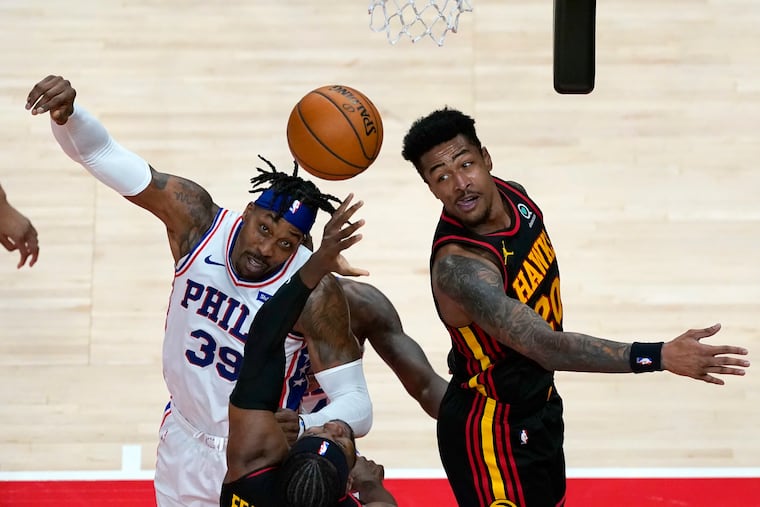Can the NBA survive the season? Another shorthanded Sixers loss makes you wonder. | David Murphy
The Sixers have now lost two straight games with half their players missing. How many more before the legitimacy of this COVID-19 season comes into question?
